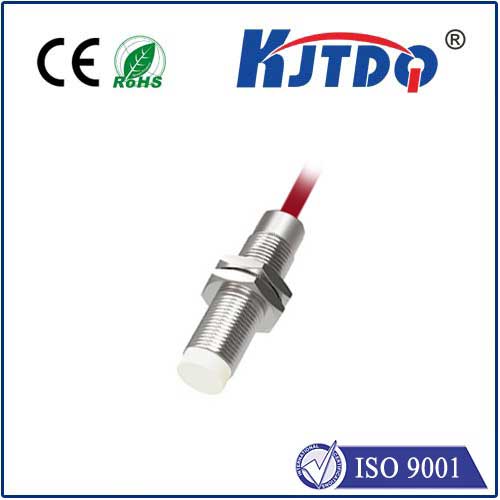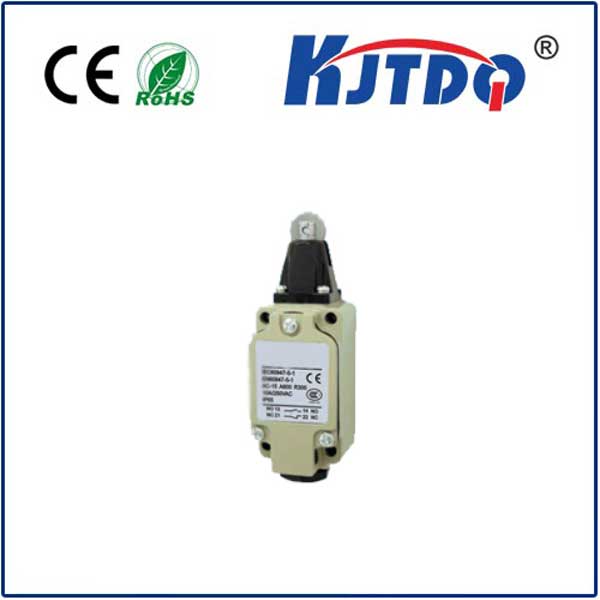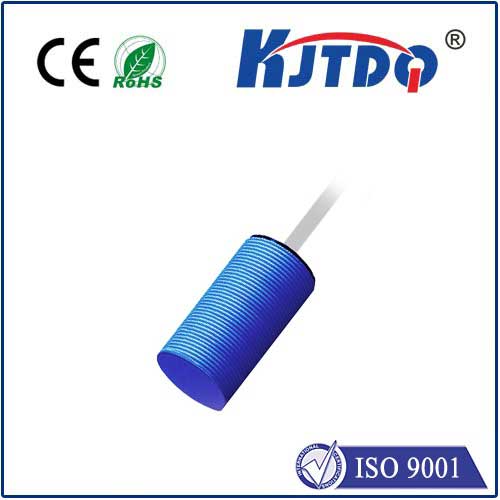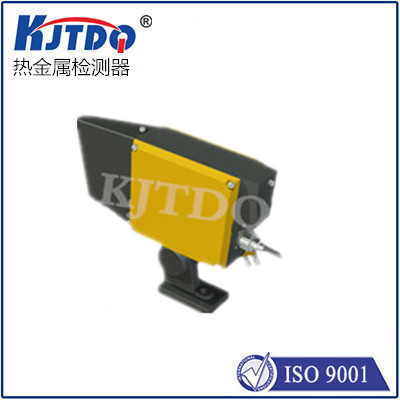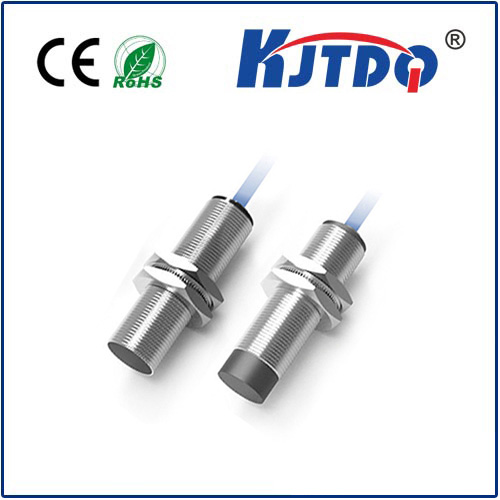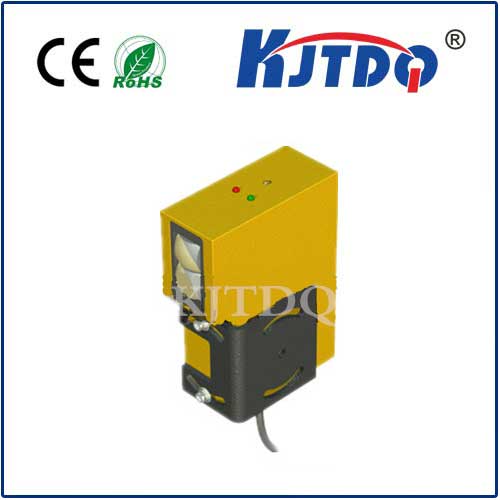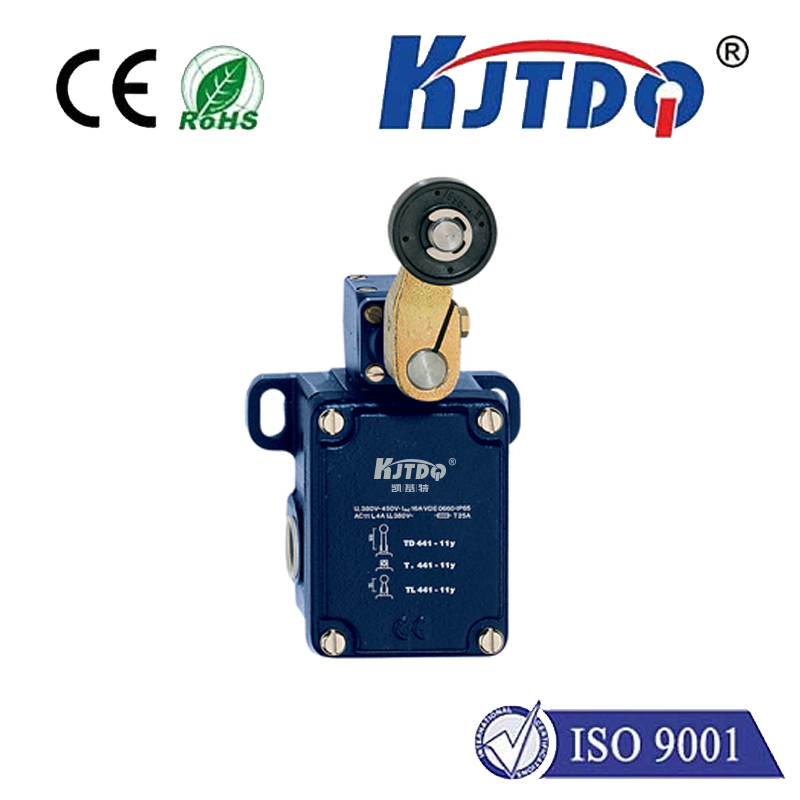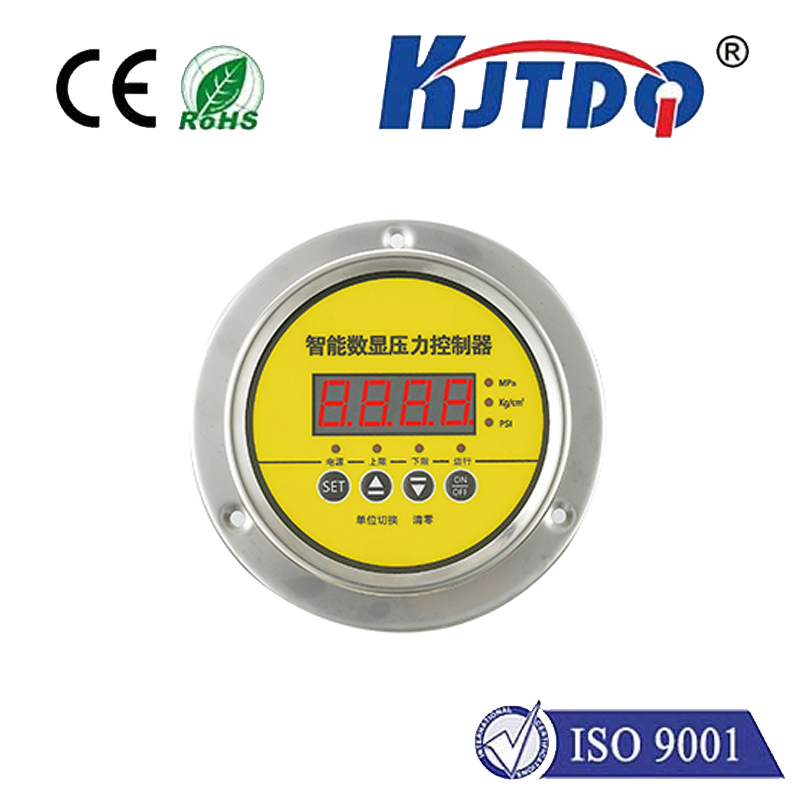sensors retro reflective photoelectric sensor
- time:2025-09-10 17:12:15
- Click:0
Retro-Reflective Photoelectric Sensors: The Reliable Middle Ground in Object Detection
Ever walked through an automatic door that smoothly swung open just in time? Or watched a manufacturing line where products are perfectly counted and positioned? There’s a high chance a silent, efficient workhorse made it possible: the retro-reflective photoelectric sensor. Occupying a crucial sweet spot in industrial sensing technology, these sensors offer a compelling blend of range, reliability, and cost-effectiveness, making them a ubiquitous solution across countless automation scenarios. But what exactly sets them apart, and why are they so widely trusted?
Unlike simpler diffuse sensors (which bounce light directly off the target) or complex thru-beam sensors (requiring separate emitter and receiver units), the retro-reflective sensor utilizes an elegant principle. It combines the emitter (light source) and receiver (light detector) into a single housing. The magic lies in the specialized retroreflector mounted opposite the sensor. This isn’t just any mirror. A retroreflector, often built with precisely aligned micro-corner-cubes or specialized tape, possesses the unique property of reflecting incoming light directly back along its original path, regardless of the angle of incidence.
Here’s how it functions in practice:
- The sensor emits a beam of light – typically visible red, infrared (IR), or laser – directed towards the retroreflector.
- The retroreflector catches this beam and efficiently sends it straight back to the sensor’s receiver.
- The receiver constantly monitors this returned light signal. Under normal conditions (no obstruction), it sees a strong, steady signal.
- An object entering the sensing path between the sensor and the retroreflector interrupts this beam.
- The receiver detects the significant drop or complete loss of the returned light signal.
- ️ The sensor triggers an output signal (e.g., turns an electrical switch ON or OFF), signaling the presence of the interrupting object to the controlling system (like a PLC).
The Core Advantages: Why Choose Retro-Reflective?

This seemingly simple setup delivers significant tangible benefits:
- Extended Sensing Range: Compared to diffuse sensors (which rely on light scattering off the target), retro-reflective models offer substantially longer detection distances. This is because the retroreflector ensures a strong, coherent beam returns to the receiver.
- Simplified Installation & Alignment: Unlike thru-beam sensors requiring two separate units (emitter and receiver) to be painstakingly aligned across potentially long distances, a retro-reflective system only involves aligning the single sensor unit with the reflector. This drastically reduces installation complexity and time. Many modern sensors incorporate visual or audible alignment aids, making setup surprisingly intuitive.
- Reliability & Signal Stability: The focused “light path” between the sensor and the dedicated retroreflector generally provides a more stable and reliable signal than diffuse sensing, especially at range or with low-reflectivity targets. It’s less susceptible to false triggers from background objects.
- Cost-Effectiveness: Using only one electronic unit and a relatively inexpensive reflector is almost always cheaper than purchasing the two separate units required for a thru-beam setup of comparable range.
- Improved Performance with Challenging Targets: Retro-reflective sensors often excel at detecting transparent objects (like glass or clear plastic bottles) or dark objects that might be difficult for diffuse sensors. The object only needs to interrupt the beam, not necessarily reflect light back effectively. Specialized models are designed specifically for demanding transparent target detection.
Where Do They Shine? Key Application Areas
The versatility of retro-reflective photoelectric sensors makes them suitable for a vast array of tasks:
- Object Detection & Counting: Perfected for sensing products, packages, or components on conveyors, assembly lines, and packaging machinery. High-speed counting is a common application.
- Position Verification: Confirming the presence or correct positioning of parts in automated equipment, robots, or fixtures.
- Door & Gate Control: Ensuring safe operation by detecting obstructions in the path of automatic doors, garage doors, or security gates.
- Machine Safety: Used in safety light curtains or standalone setups to create presence detection zones.
- Level Detection: Sensing the presence (or absence) of material at certain points in bins or hoppers.
- Sheet Break Detection: Monitoring webs of material like paper, plastic, or textiles for breaks.
Optimizing Retro-Reflective Success
While powerful, understanding their operating environment is key for optimal performance:
- The Reflector is Critical: Keep the retroreflector clean and free of damage. Dirt, scratches, or misalignment directly impact sensor reliability. Protect it from physical impact.
- Potential for False Reflections: Highly reflective surfaces near the beam path (polished metal, other sensors) might bounce enough light back to the receiver, potentially preventing detection. Polarized retro-reflective sensors are designed to combat this. They use a polarized filter over the emitter and a corner-cube reflector (which depolarizes the light). The sensor’s receiver has a matched polarized filter. Only light depolarized by the genuine retroreflector passes through the receiver filter, ignoring reflections from shiny surfaces that maintain polarization. Specifying polarized models is often best practice unless the environment is very controlled.
- Dust, Fog, and Steam: While generally more robust than diffuse sensors in light atmospheric contaminants due to their stronger beam, heavy contamination can still attenuate the light signal. Thru-beam might be better suited for extremely dirty or foggy environments.
- Target Characteristics: Since detection relies on beam interruption, the target’s size and position relative to the beam must be sufficient to ensure reliable blockage.
Choosing the Right Tool
In the photoelectric sensor toolbox, retro-reflective models offer that essential middle ground. They deliver significantly longer range and greater reliability than diffuse sensors without the complexity and higher cost of installing and aligning separate emitter and receiver units required by thru-beam sensors. Their combination of extended range, simplified setup, inherent reliability, and cost efficiency makes them the go-to choice for a massive spectrum of object detection and positioning tasks in factories, warehouses, buildings, and beyond. When you need dependable detection beyond the reach of a standard proximity sensor but want a streamlined installation and budget-friendly solution, the retro-reflective photoelectric sensor frequently emerges as the optimal, highly practical answer.






